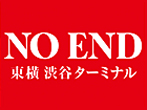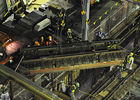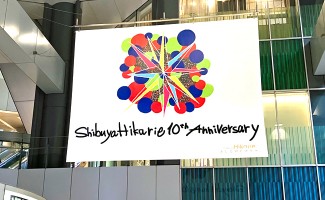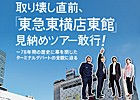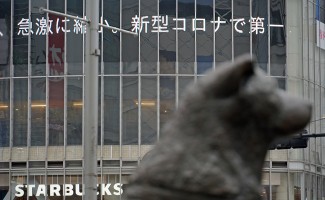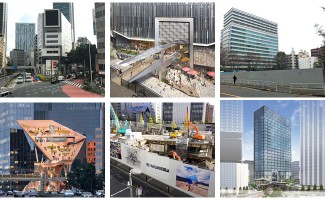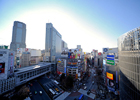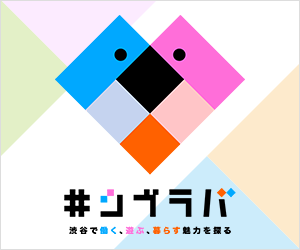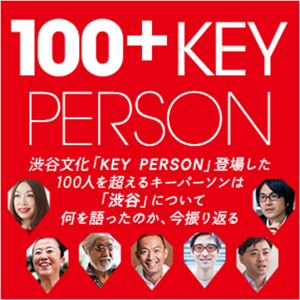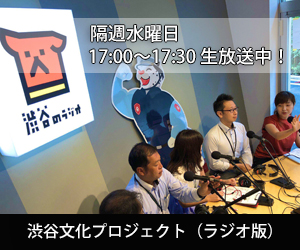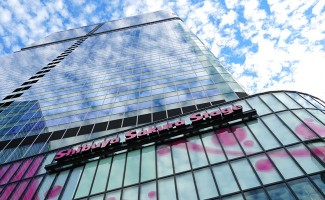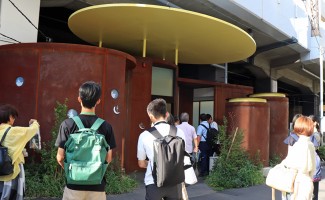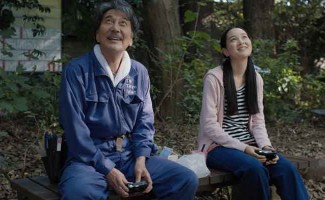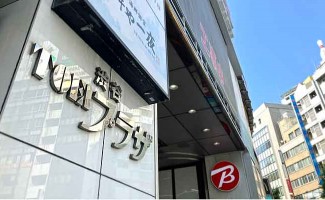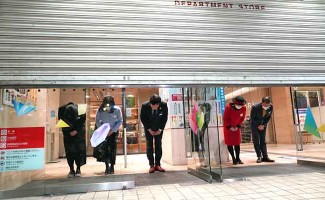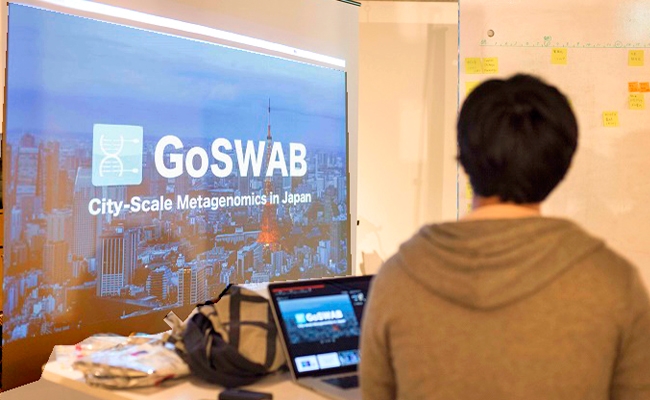
"Investigate microorganisms living in Shibuya, think about next-generation urban design" GoSWAB Project starting!
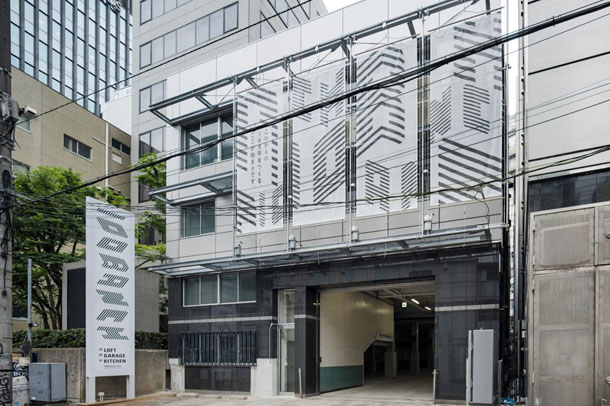 "100 BANCH" (Hyakubanchi) opened in JR Shibuya station New South Exit area in July 2017 is the center of open innovation aimed to "support 100 projects to create a future 100 years ahead". As Panasonic celebrates its 100th anniversary in 2018, the concept of Loftwork Co., Ltd., a cafe company, which is a company in Shibuya, mainly focuses on Panasonic, has started.
"100 BANCH" (Hyakubanchi) opened in JR Shibuya station New South Exit area in July 2017 is the center of open innovation aimed to "support 100 projects to create a future 100 years ahead". As Panasonic celebrates its 100th anniversary in 2018, the concept of Loftwork Co., Ltd., a cafe company, which is a company in Shibuya, mainly focuses on Panasonic, has started.
The 2nd floor is a workspace "GARAGE (garage)" where the project team selected by public offering has moved and performs various activities.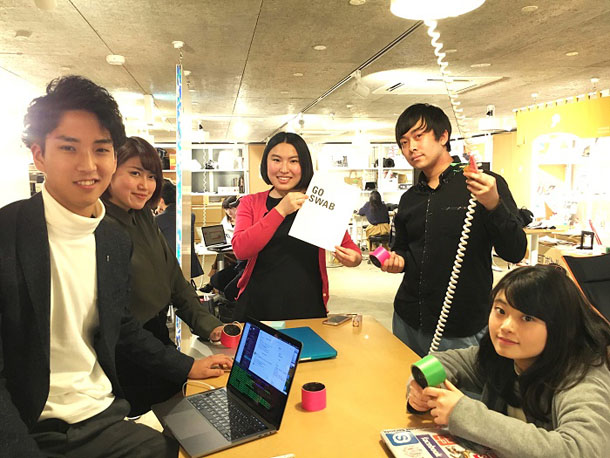 Meeting scenery on ▲ 100 BANCH.
Meeting scenery on ▲ 100 BANCH.
Together with the young generation who will be in the future era, we will work on the creation of new value leading to the next 100 years. It is an initiative that top runners in each field support and support activities through mentoring opportunities for young people 's "diverse projects" with values not bound by common sense. Shibuya Culture Project will introduce one of the unique projects that will participate in the experiment area, which will be produced by many new ideas and technologies from Shibuya.
This time I interviewed Mr. Ito Mihira, GoSWAB (Ghoswab) representative. GoSWAB consisting mainly of active college students investigates "microorganisms" living in urban environments where we live, such as public transportation, universities, commercial and tourism facilities, etc., to clarify how they are involved with humans It is a project to go through.
Well, what kind of features does the microorganisms collected in Shibuya possess?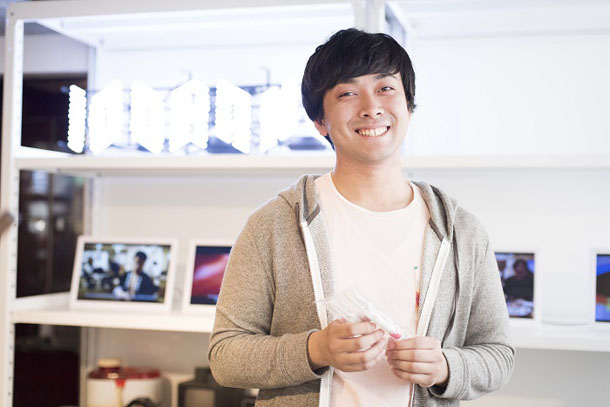 Kobei Ito (GoSWAB representative) / Keio University 4 years affiliation of environmental information. Analysis of indigenous bacteria by the next generation sequencer since high school days, university genome analysis of newly isolated microorganisms, posting papers, etc. We are working day by day. (* Next Generation Sequencer / Apparatus that can read the base sequence of gene at high speed)
Kobei Ito (GoSWAB representative) / Keio University 4 years affiliation of environmental information. Analysis of indigenous bacteria by the next generation sequencer since high school days, university genome analysis of newly isolated microorganisms, posting papers, etc. We are working day by day. (* Next Generation Sequencer / Apparatus that can read the base sequence of gene at high speed)
How will the steady and long-lasting efforts affect the future urban environment
0 Please tell me the purpose of the activities of the GoSWAB project
Many microbes live in the urban environment where we live. We are planning to conduct "next generation urban design" by gathering the genome of the microorganisms and animals and plants (whole genetic information), investigating it, clarifying relationships with humans.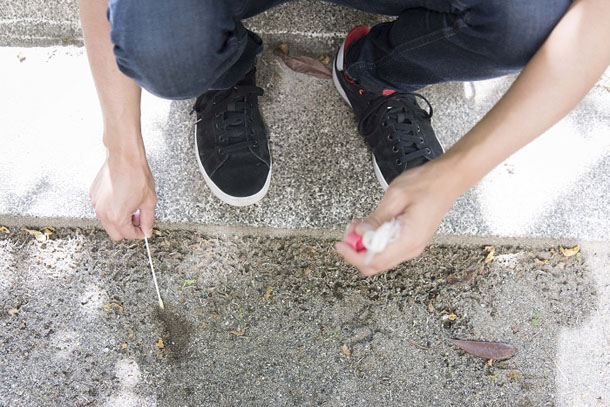 ▲ How to collect microorganisms in parks and sandboxes in Shibuya.
▲ How to collect microorganisms in parks and sandboxes in Shibuya.
Microorganisms are known to coexist in various parts of humans such as intestinal, oral cavity, skin, etc. It is inhabited in the atmosphere as well. The microorganisms and surrounding environment mutually influence each other, forming a complex reaction system. Originally a teacher named Christopher Mason of Cornell University School of Medicine in New York surveyed the genome of public transportation (subway) in New York and gathered thesis as a news in the United States, the field of "urban environmental microorganisms" Attention has come to attract attention.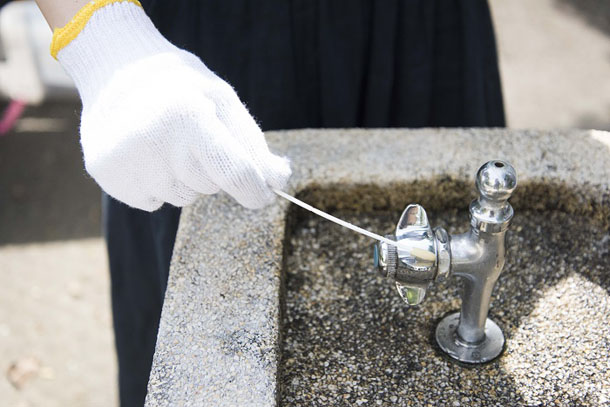 ▲ How to collect microorganisms in a park / drinking place in Shibuya.
▲ How to collect microorganisms in a park / drinking place in Shibuya.
Japanese public transportation is considerably crowded and has a large population of users than the United States. It is suggested that there are various possibilities, including "prevention of infectious diseases" etc., to clarify how many microorganisms proportionately exist and how they are related to and influence people and the environment. In order to pursue its possibilities, we launched the student organization GoSWAB and decided to investigate seriously.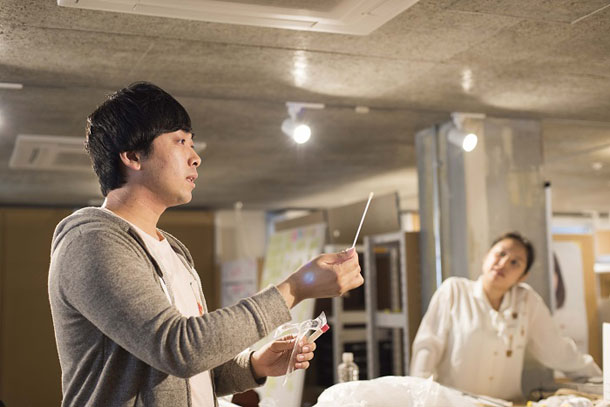 _ When did you decide to proceed to the "microorganism" field in the first place, what kind of thing is it chic?
_ When did you decide to proceed to the "microorganism" field in the first place, what kind of thing is it chic?
There was a place where we acted with the intention of "I would like to do different things from people" since childhood, such as making wired phone in elementary school students' free study of summer vacation (laugh). When I was going to a local high school in Yamagata, I noticed an announcement of "recruitment of special research students" at the Advanced Bioscience Research Center of Keio University in Tsuruoka City. I got instantly to apply, I was able to pass, and there I worked for "microorganism" research over the three years in high school days. Feeling that "microorganisms have infinite possibilities", the feeling that we want to continue research further increased, and decided to go to Keio University.
| Various races and generations accumulate, "Shibuya's microbial community" formed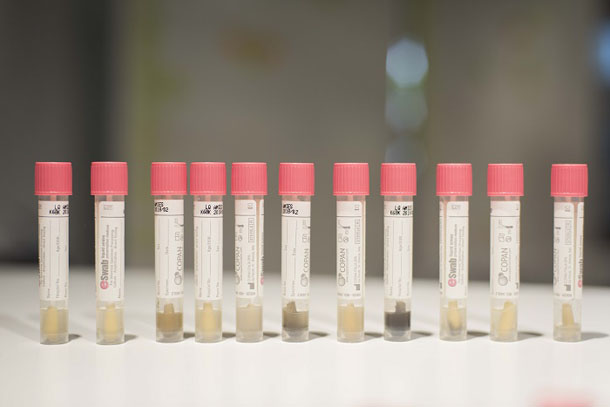
_ It seems that they held a gathering event of bacteria while picking up garbage in the city of Shibuya on Saturday, May 12th. Could you tell me the state of the day?
In this collection event, I think that it was a very good meeting, with participation of many people including "Fujishi Department" which is a project group of 100 BANCHI. By the way, although there is no merit of collecting with a loincloth (laugh), I think that there was quite a impact. We did not decide the place for the participants on the day, we got everyone to collect freely. It was interesting that vending machines and park faucets, sandboxes, streets and so on, respectively, have different places to collect. The samples collected this time will be mailed to Cornell University in the USA and analyzed by the analysis team over there. As samples arrive from all over the world, it will be the first time to know the results .... However, I think that it is a project that you can work on while enjoying it as a long-standing initiative that does not result immediately.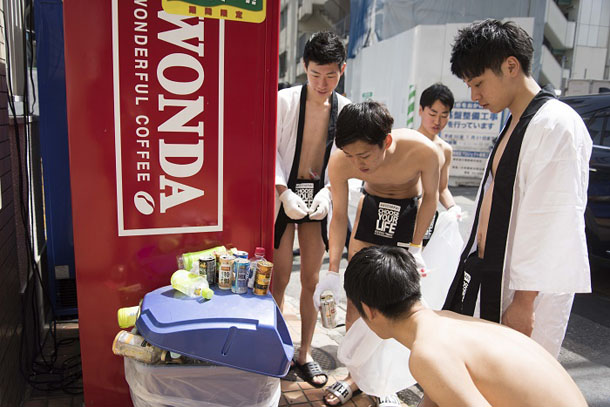 ▲ 100 Banch Collection event with fellows.
▲ 100 Banch Collection event with fellows. 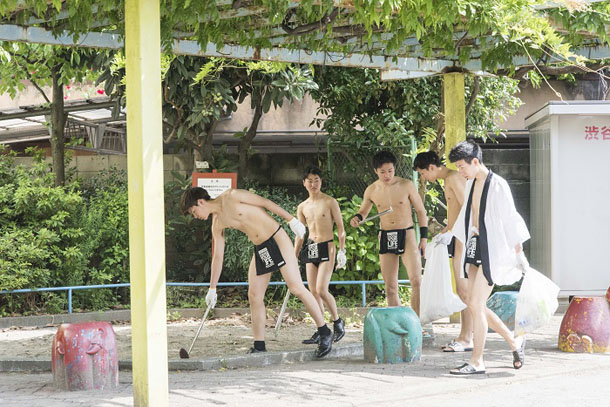 ▲ I collected in the park in Shibuya as a garbage collector.
▲ I collected in the park in Shibuya as a garbage collector. 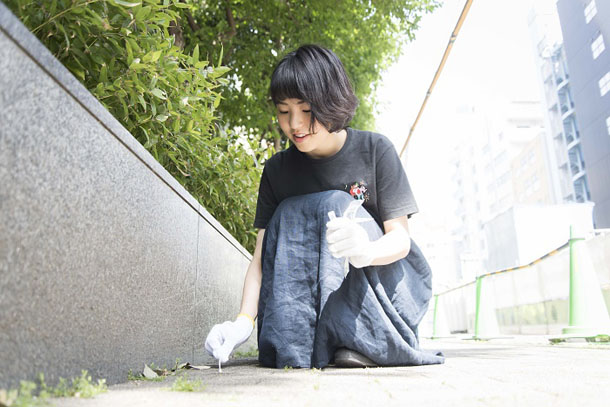 ▲ Places where you are willing to look for microorganisms.
▲ Places where you are willing to look for microorganisms.
_ What did you feel through the survey in the city / Shibuya? Also please tell me why you thought about working on Shibuya based 100 BANCH.
Shibuya is a very crowded place, so the total amount of microorganisms is so large that I think that exchange of microorganisms between humans and people is more active than other areas. Also, I am paying attention to the fact that the people of various races and age groups gather together is also a very interesting area in researching microorganisms in the urban environment. According to previous studies and previous GoSWAB research results, "microbial community in Shibuya" is composed of human-derived microorganisms (in the mouth, on the skin, in the intestines) and environmental microorganisms (soils, rivers, oceans) I wonder if it is being done. I would like to drill down on that point by survey.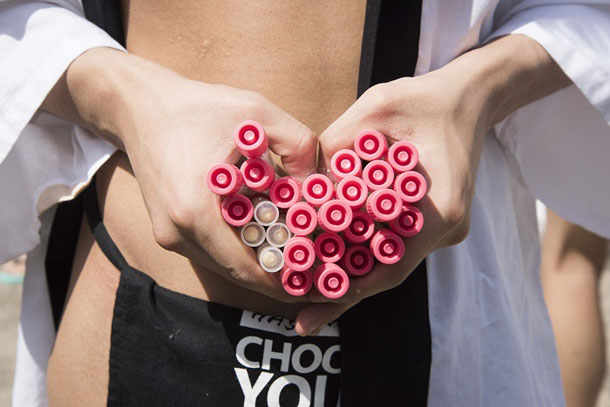
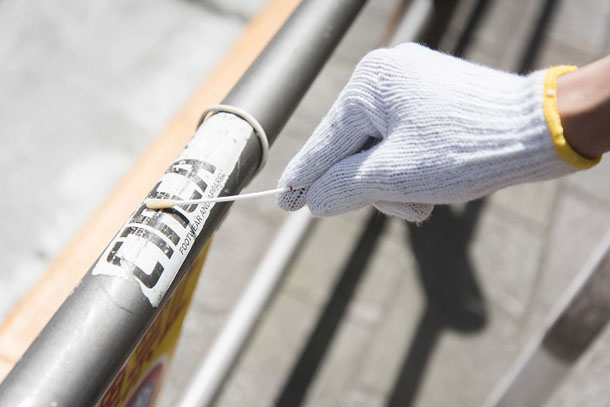 _ Although research and the connection between the public and society are closely related, it is also difficult for mutual contacts to be seen. Are you thinking about the mechanism that participation cooperation can be done, even if it is not an expert, and the activities involving children as well?
_ Although research and the connection between the public and society are closely related, it is also difficult for mutual contacts to be seen. Are you thinking about the mechanism that participation cooperation can be done, even if it is not an expert, and the activities involving children as well?
In the past, I did a lecture several times at my alma mater Yamagata Prefectural Tsuruoka Minami High School and sampled microorganisms together with high school students at school. Sampling itself is an easy thing that even primary school students can do, anyone can feel free to participate. I am considering holding events in Tokyo in the future as well. Through events held involving such young people, I hope that it will be interesting for microorganisms.
_ Please let me know if you would like to encourage and participate in these people.
· Research and analysis of microorganisms
· Consideration of meta design including architectural design
· Management of activities themselves
· Public relations activities to various media
Any student who is interested in living in the city center can participate! I hope that you can come and listen to the story once.
_大切にしている"想い"や"言葉"、今後の展望をお聞かせください。
I value the "do what I want to do" thing. What I am doing at GoSWAB is what I really want to do from the bottom of my heart, and I am trying to create an environment that allows them to do whatever I want them to do as much as possible for the members they belong to. At the beginning of the project, there were various negative voices such as "Such a thing is useless!" Or "Such a bad idea!" Especially, I have steadily accomplished everything I can do, such as presentations at domestic and international conferences and media coverage. We are still far from the goal of "making a new urban design" that we are aiming for, but I feel that I am stepping forward little by little. From now on, I would like to proceed without losing sight of what I should do.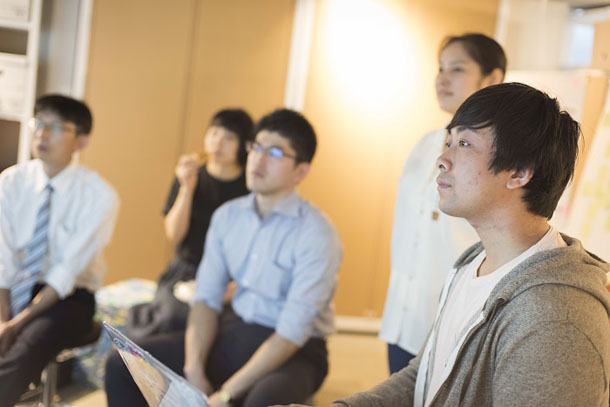
<News report>
I sympathize with Mr. Ito's saying "I want to go forward without losing sight of what I want to do and what I should do." At the same time, the same consideration is felt for members. I hope that the stance of coexistence spreads and that research will be reflected in making social environments eventually.
I would like to focus on the project and continue to find out how it relates to the urban environment, people, and how the microorganisms collected are related.
Official formula:GoSWAB
Cooperation in coverage:100 BANCH

Keiko Sanko (Himawari Daikanyama)
宮城県仙台市で始まった子育て中心の暮らしを、転居した東京で新たにスタート。育児、家事、防災、仕事、地域活動。多数の興味関心事をミックスし複合的視野を持って生活中。
